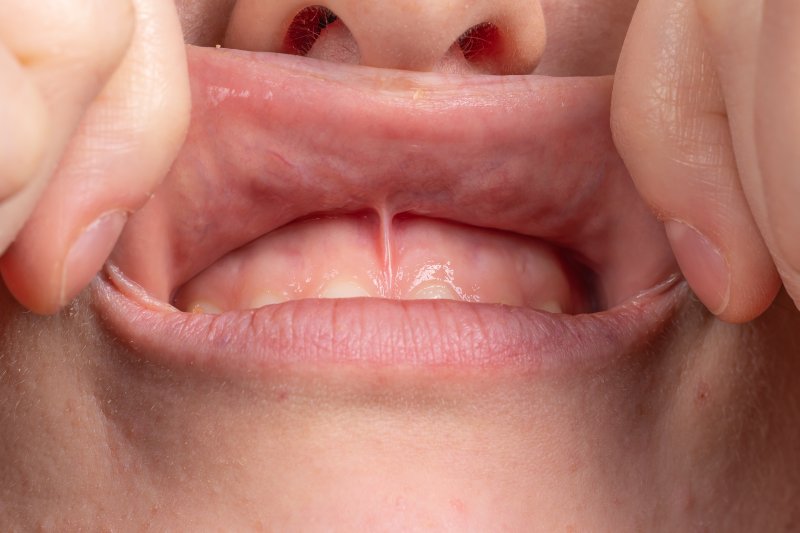
There is much discussion concerning tongue-ties and how they are treated, but what about lip-tie revision? This type of restricted tissue can keep a child from being able to latch while nursing, breathe with their mouth closed, or maintain good oral hygiene because of gaps between teeth. If your little one needs help to improve their lip mobility and overall health and well-being, keep reading to learn more about the treatment process and whether they can expect any discomfort along the way.
How is Lip-Tie Treated?
Depending on your child’s case, a two-step process may be necessary to achieve lasting results.
First, a dentist may recommend orofacial myology therapy. This form of treatment serves as a method of physical therapy, targeting the muscles inside the mouth to work together so that optimal mobility and usage are achieved. Since the goal is to create a cohesive form of movement, your child may be required to perform certain exercises that will improve their breathing, eating, speech, and facial development.
Once this is complete, a frenectomy will be the final step to ensuring lasting results.
A dentist will use a soft tissue laser to carefully release the banded tissue located behind the upper lip. This will eliminate any restriction so that the lip can freely move. This can be a much-needed relief for nursing mothers, as this procedure can immediately produce a positive outcome when attempting to feed one’s baby.
Will the Procedure Result in Any Pain During or After Treatment?
Some soreness may develop when a child performs various mouth exercises repeatedly; however, it should cause no concern and last only a short time.
When it comes to lip-tie revision, the use of a soft tissue laser significantly reduces the chances that they will feel any pain.
One of the benefits of using this type of dental technology is that it cauterizes on contact, so there is minimal bleeding and swelling. There is no need for stitches as well. Also, because the laser sterilizes the area while releasing the tissue, the chances of a post-operative infection are slim.
After the procedure is complete, your child will need to perform various stretching exercises to ensure that the tissue does not try to reattach – this can cause some discomfort. However, an over-the-counter pain reliever can minimize soreness, which should not last long.
When learning your child needs lip-tie revision, neither you nor your little one need to be afraid. By using advanced dental technology, the process offers greater comfort, safety, and reassurance for everyone involved.
About the Author
Dr. Andrea Csok is a dentist and tongue-tie expert who is also a mother of two. After completing Dr. Baxter’s Tongue-Tie Academy course, she attended the International Affiliation of Tongue-Tie Professionals conference to better understand the process as well as meet various experts in the field. If your child has a lip-tie and needs professional help to achieve greater oral mobility, visit our website or call (216) 292-3600.

